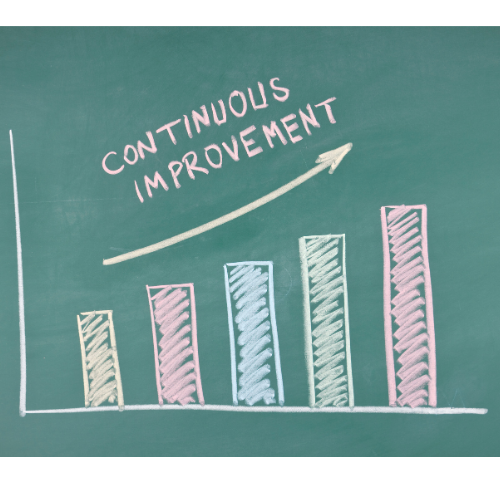1 min read
Turning Provider Productivity Metrics into Actionable Change
Synergy Billing
Jun 9, 2025 12:18:55 PM

Beyond the Benchmarks: Transforming Provider Productivity Metrics into Sustainable Improvements
 When Federally Qualified Health Centers (FQHCs) talk about increasing provider productivity, the conversation often centers around benchmarks—daily visit goals, annual patient targets, and no-show reduction percentages. These are all essential data points, but they’re only the beginning.
When Federally Qualified Health Centers (FQHCs) talk about increasing provider productivity, the conversation often centers around benchmarks—daily visit goals, annual patient targets, and no-show reduction percentages. These are all essential data points, but they’re only the beginning.
To drive meaningful, lasting improvements, FQHCs must shift from tracking productivity to managing it actively. The most successful organizations don't just measure what matters—they operationalize those insights into workflows, team behaviors, and scheduling patterns.
Why Metrics Alone Aren’t Enough
Data provides clarity, but it doesn’t always provide direction. An FQHC may know its primary care providers should average 12–16 visits per day or aim for 3,000+ visits annually. But what happens if they’re consistently falling short? Knowing that something’s wrong is only the first step. What matters most is what you do next.
From Numbers to Action: A Practical Framework
Here are a few ways to take your metrics from passive dashboards to active levers of change:
1. Establish Team-Based Ownership of Productivity 
Provider productivity is not solely the responsibility of the provider. Front desk staff, medical assistants, schedulers, and billing teams all play a role.
Create shared goals and communicate how each role contributes to daily visit volume. For example:
- Front desk teams can be trained to triage walk-ins and manage overbooked time slots.
- Medical assistants can help streamline intake to reduce cycle time and free up providers for more visits.
- Billing teams can alert clinical staff to denials tied to incomplete documentation, helping close reimbursement gaps.
A cross-functional huddle—even monthly—can help keep goals visible and create a culture of continuous improvement.
2. Use KPIs to Identify Bottlenecks
Track metrics such as:
- Cycle time per patient
- Schedule fill rates
- Average visit duration
- No-show and late-cancel trends by time slot
Then, act on what you see. For example, if cycle time is high and visit duration exceeds expectations, consider training on focused visit management, adjusting documentation workflows, or leveraging scribes or MAs more effectively.
3. Incentivize Small Wins
 Consider offering recognition, bonuses, or team incentives for hitting productivity targets. Even modest rewards can improve morale and engagement, especially when team members feel their individual contributions affect broader outcomes.
Consider offering recognition, bonuses, or team incentives for hitting productivity targets. Even modest rewards can improve morale and engagement, especially when team members feel their individual contributions affect broader outcomes.




